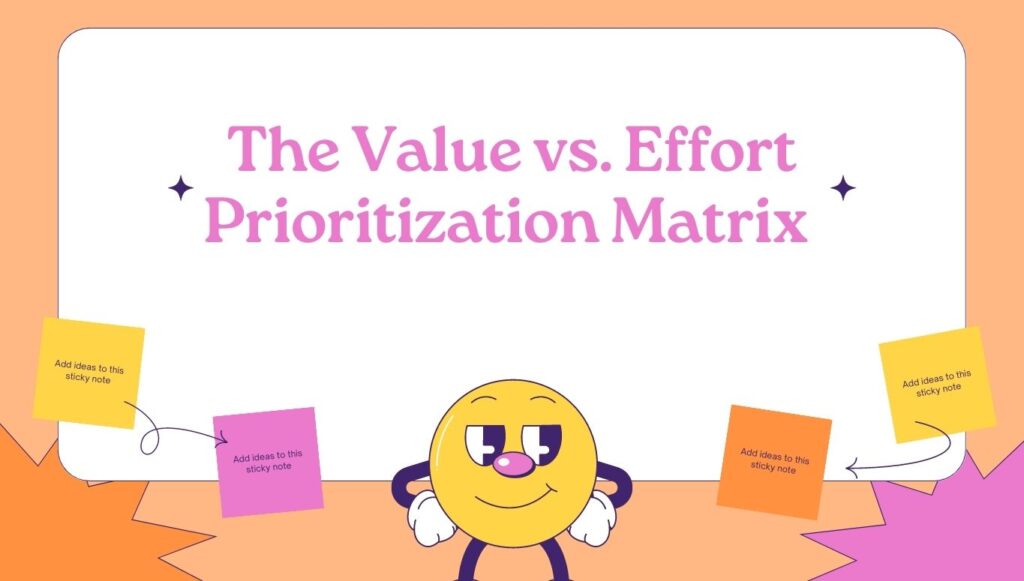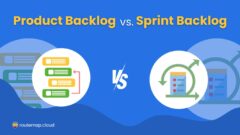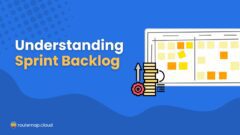When product design and development teams need to make important decisions, they can turn to prioritization frameworks to help make the best choices. It provides them with a consistent, repeatable method that considers specific, essential factors.
A popular choice, especially amongst the lean prioritization models, is the Value vs. Effort Prioritization Matrix. The model focuses on the positive results the project, the product, the feature, or the tasks will bring about and weighs them against the effort, the resources, or the costs of the initiative. Project management or teams can determine the value and effort of each idea, and compare them on a visual graph.
In this manner, they can easily see which ideas have the lowest risks and highest gains. Learn more about the Value vs. Effort matrix below, including how it works, how it can help your team, and when to use it!
What Is the Value vs. Effort Prioritization Framework?
The Value vs. Effort, or the Value vs. Complexity, Model or Matrix is an excellent methodology for managers, stakeholders, and teams. It considers value and effort, then plots the result on a chart.
The graph has four quadrants of high value and low effort, high value and high effort, low value, and low effort, and low value and high effort. The team can then prioritize initiatives easily, according to their goals and limitations.
Let’s take a closer look at the two main factors, Value and Effort.
Value
Value does not refer to one universal factor. It is different for every business, team, or product. However, most teams prefer to use metrics that are objectifiable. This way, the value is easier to plot on a chart or graph.
Common measurements include:
- How much the initiative will reduce user problems
- How much the initiative will improve user efficiency
- How many consumers request the feature or product
- How much it may increase sales in a month
- How many new customers the business may acquire in a year
- How many consumers will be impacted by the new feature or product
- How many customers will be retrained with this introduction
- How many views, likes, or product reviews will the product receive
Businesses may use one or more of these metrics as long as they have a single number for value at the end of their calculation. They can even weigh specific metrics more highly than others. However, they must maintain their formula across all initiatives to ensure accurate comparability.
Effort
Effort, similar to value, may not be the same for everyone. However, most businesses consider costs, resources, and time to be the most important for measuring effort. Typically, they use metrics such as:
- Design and developer hours/weeks/months
- User testing costs
- Operational costs
- Marketing costs
- Necessary resources
- Skill development or training
- Financial risks
Again, some teams may combine metrics to create a single score. However, they need to maintain the same calculations for every initiative.
How To Perform Value vs. Effort Prioritization
The first step to carrying out Value vs. Effort Prioritization is to list all the ideas or tasks. Next, determine how you will assess Value and Effort. Ensure you have the right metrics for your business and product and measurable and reliable data for each metric. You must have the information for each initiative, as missing digits can throw off the results and comparisons.
Secondly, you should carry out your calculations for Value and Effort for one initiative. Find your Value number on the Y axis of your four-quadrant chart and your Effort number on your X axis. Then, plot that point and label your initiative clearly. It should fall into one of the four quadrants:
- High Value and Low Effort: Quick Wins
- High Value and High Effort: Big Bets
- Low Value and Low Effort: Maybes
- Low Value and Low Effort: Time Sinks
Quick Wins often represent the team’s priorities. They are easy or quick to implement and result in high rewards. Big Bets may also be essential priorities, but they take more effort and time to develop and deliver. Maybes should not be outright dismissed, they represent products or features that would be nice but should take priority. Time Sinks should be discarded.
It goes without saying that you may have multiple ideas that fall into one quadrant, such as Quick Wins. In this case, the numbers come in handy. The placement of the plot shows the team exactly how high or low a priority actually is.
For example, a plot very high in Value (10) but very low in effort (4) would take precedence over a plot that received a respective scoring of 9 and 8.
Is the Value vs. Effort Matrix Right for Us?
Since the Value vs. Effort Prioritization Matrix may require a significant amount of time, depending on the number of ideas to calculate, it is important to know if it will work for you. There are many advantages to be realized with this framework, including:
- Customizable: Teams can easily choose metrics that they consider essential and which they have reliable data for. They can plug these metrics into Value and Effort.
- Objective: Managers and stakeholders prefer data-backed decisions. The Value vs Effort model allows them to consider real numbers, without overly complex calculations.
- Visual: Calculations and lists can slow down decisions and create frustration amongst team members. Short, quick scores and visual representations allow professionals to easily identify the best decisions.
- Excellent for Sticky Situations: If your project has low resources or short timeframes, this matrix makes it easy to choose ideas that work under the circumstances (low effort).
When determining if a prioritization framework has your best interests in mind, it is critical to consider the potential disadvantages:
- No Set Formula: Flexibility surrounding metrics, calculations, and scoring can be a positive aspect. However, it can also create confusion and inconsistency. The team must be able to set their own formulas and use them consistently for each initiative.
- Estimates: Teams need to keep track of what numbers come from concrete data and what is an estimate. Any inconsistency can create unreliable results.
If you find this matrix unsuitable for you after reading through its advantages and disadvantages, you can opt for other prioritization frameworks, such as the RICE framework. It is also another popular method to help you set prioritization more effectively.
When To Use the Value Vs Effort Prioritization Framework?
This prioritization model is helpful in many different scenarios, especially if you:
- Have multiple ideas that need to be considered and compared against each other
- Have quantifiable data for every preferable metric
- Encounter difficult situations regarding low resources or tight timeframes
- Need to show management, investors, or key stakeholders data-driven decisions
- Add new features onto an existing product (or already delivered high value, low effort features, and functions)
- Enter into the early stages of new product design and development (or need to find high-impact product ideas)
- Apply objective measurements to motivate or reassure stakeholders or team members about particular initiatives




